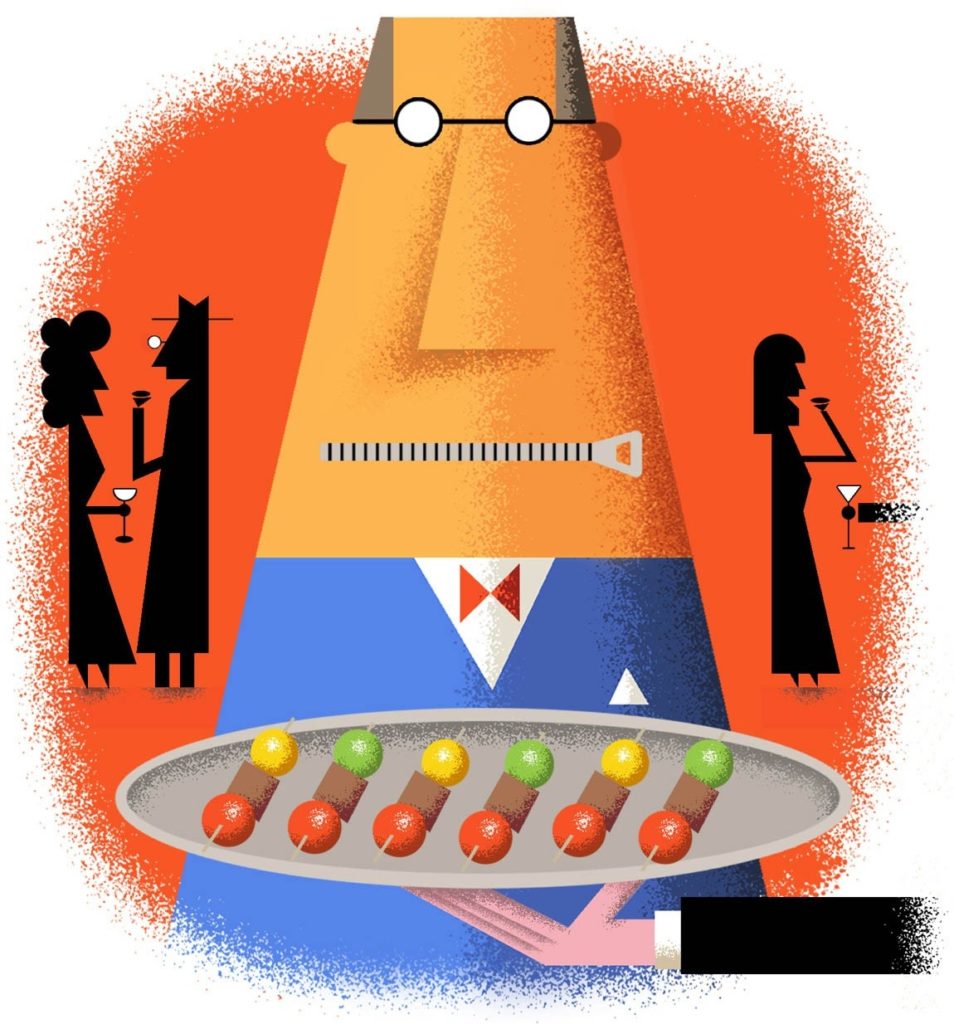Social eating
Researchers have identified a brain-circuitry link between how much food mice consume and social interactions, which could lead to treatments for people with anorexia.

Researchers have found an odd brain-circuitry link between appetite and social behavior in mice, a finding that could be significant in treating eating disorders.
“We know social situations can inhibit the urge to eat,” said Karl Deisseroth, MD, PhD, professor of bioengineering and of psychiatry and behavioral sciences, and senior author of a study published Jan. 16 in Nature. People with anorexia, for example, say that having others praise them for limiting food intake was a “powerful driver” at the disorder’s onset, he said.
What wasn’t known was how the drive to socialize and the drive to eat interact. To find out, Deisseroth and his team focused on the orbitofrontal cortex, the region of the brain shown to be active in people and mice when they wish for, seek, obtain and consume food, or are socially engaged.
For the mouse study, researchers built on optogenetics, an experimental approach that Deisseroth pioneered, to tease out the sets of intertwined neurons that regulate the behaviors.
In optogenetics, a gene for a light-sensitive protein called an opsin is inserted into neurons so they can be activated by pulses of laser light reaching them via an implanted optical fiber. In this study, researchers used a new technique they developed to simultaneously stimulate and monitor activity in multiple designated neurons, and to isolate which neurons were active during feeding-associated or social activities, both, or neither.
They found that stimulating social-responsive orbitofrontal neurons reduced the amount of time mice spent consuming a readily available high-calorie solution.
The next research step is to examine the neurons for distinguishing characteristics, but Deisseroth said the findings so far could “lead to pharmaceutical interventions that reduce social inhibition of food consumption among people with anorexia.”
